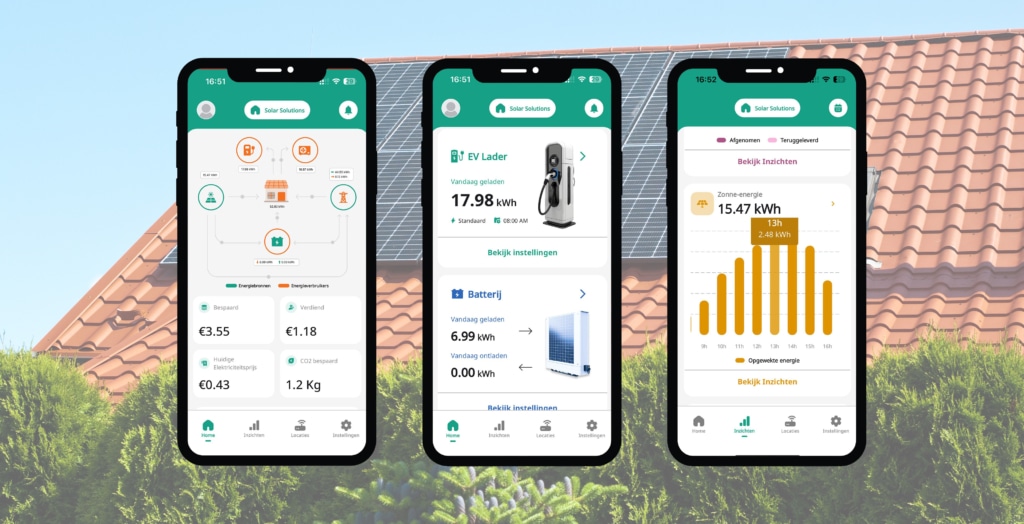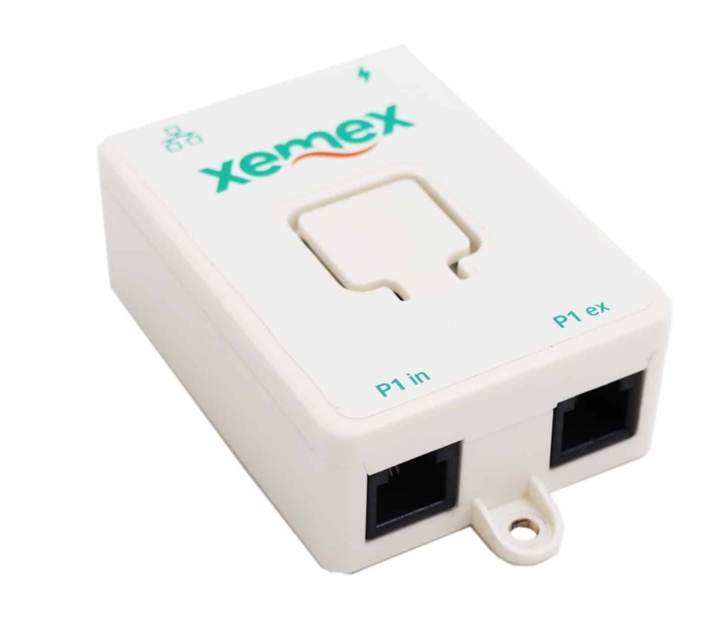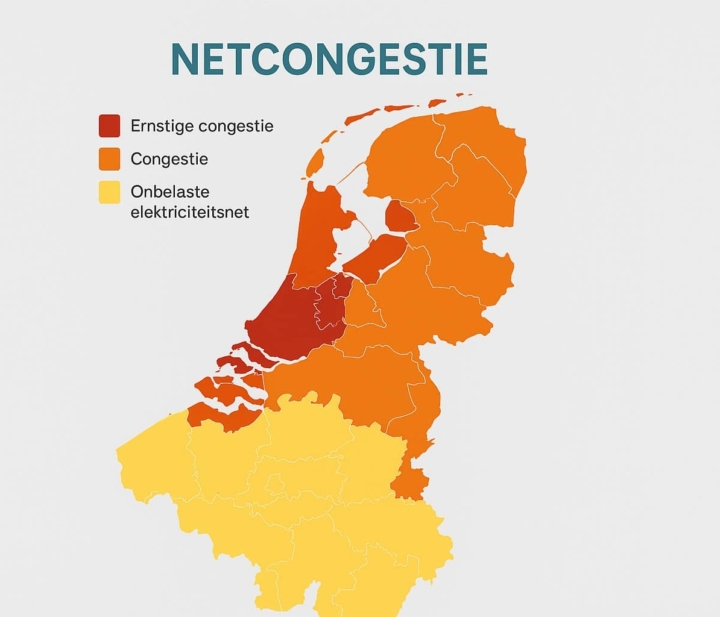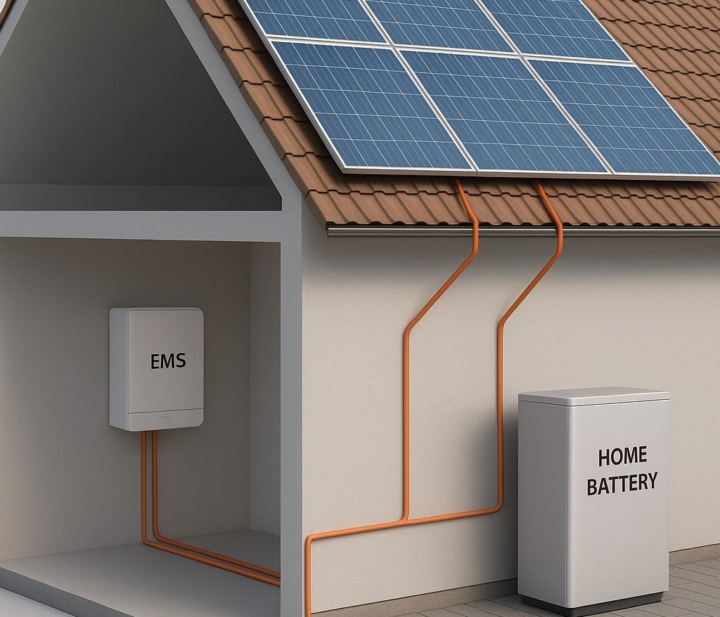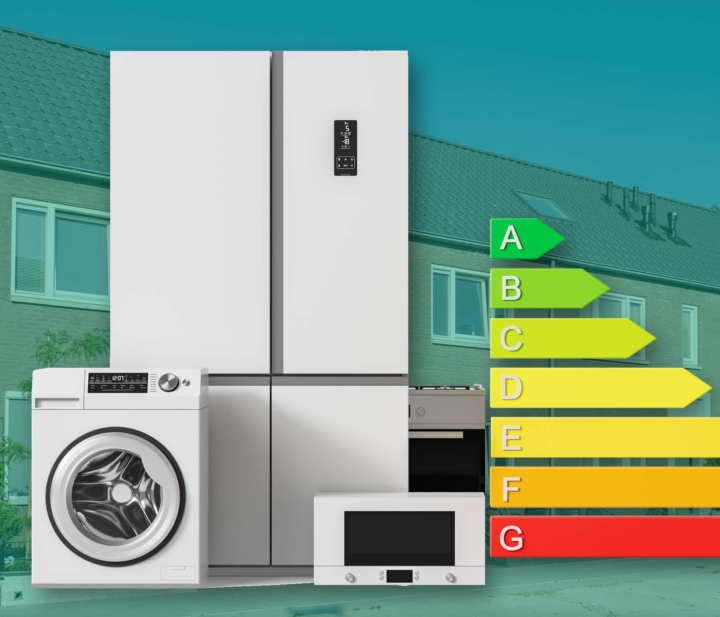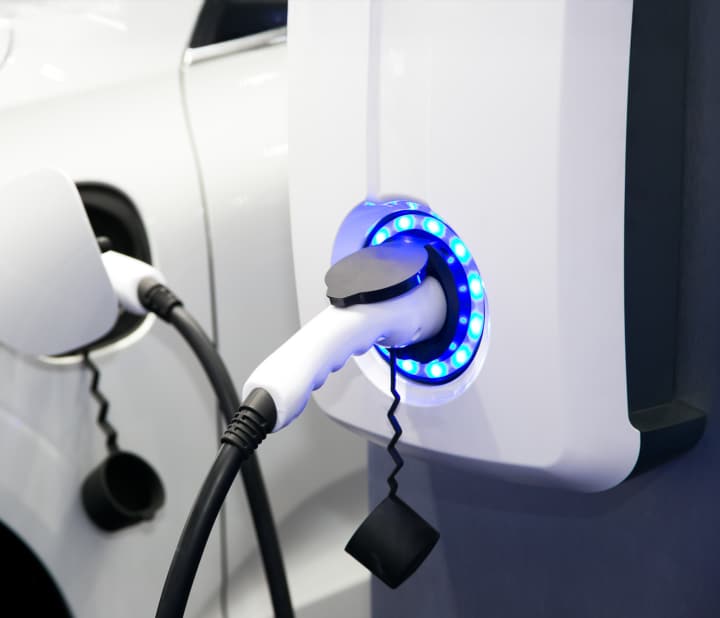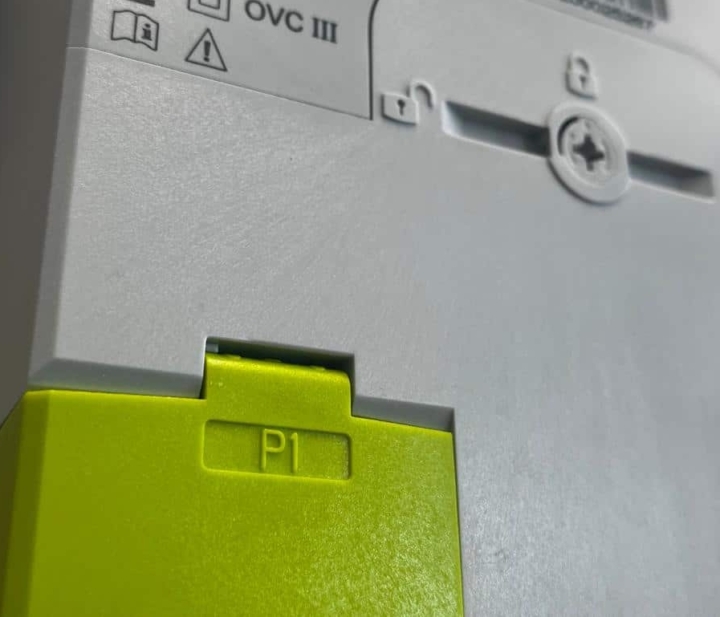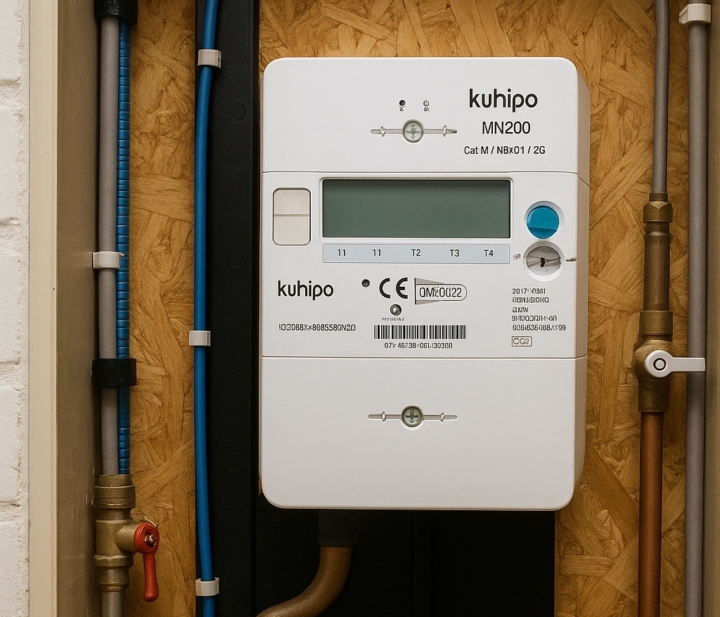Managing Energy Consumption: Facts, Myths, and the Role of an EMS
Everyone using solar panels, a heat pump, or driving an electric vehicle knows that our energy consumption is changing faster than ever. Whereas households once relied on a boiler, fridge, and washing machine, modern energy usage now includes heat pumps, EV chargers, home batteries, boilers, and electric cars.
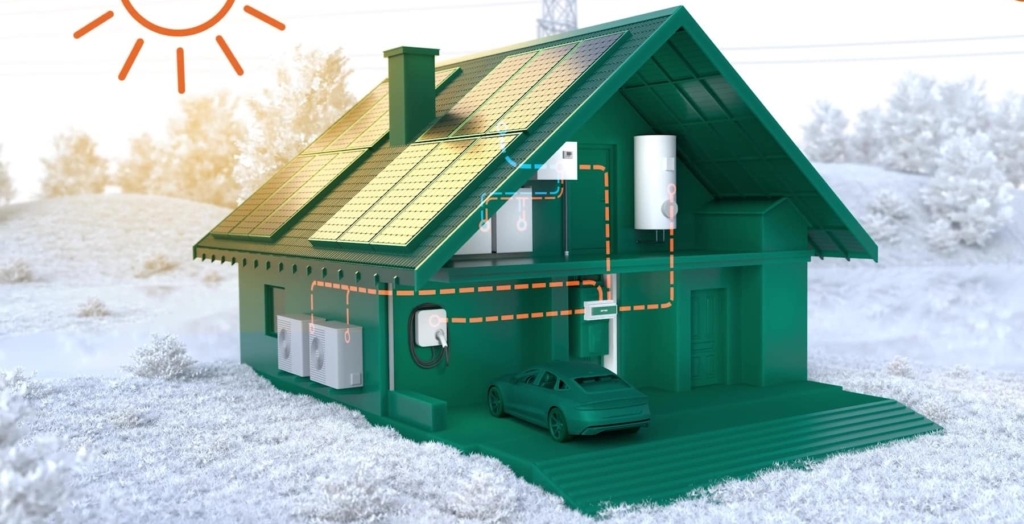
This new reality raises questions: How do you stay in control? How do you avoid peaks in energy consumption? How do you ensure your devices don’t interfere with each other?
An Energy Management System (EMS) promises answers. It offers insight into your consumption, enables automated control, and helps you save. But can it handle older devices? And what happens if a software update fails—or a manufacturer stops offering support? In this article, we separate myths from facts about EMS and energy consumption, explain how to calculate energy consumption impact, and show how you can gradually become more smart with energy.
Energy Consumption: Beyond Just Meter Readings
Many people view energy consumption simply as the sum of all appliances. But truly understanding your household energy consumption requires more nuance.
Take Sanne, living in a terraced house in Rotterdam with solar panels. Her baseline meter shows 3,000 kWh per year. Add an EV and a heat pump, and that climbs to nearly 8,000 kWh. Only with an EMS does she see not just how much energy she uses, but when and by which device.
That insight is what makes the difference—it’s not just about the total kilowatt-hours, but also when they’re used, that determines whether you’re truly smart with energy.
Myths vs. Facts: What the EMS Can (and Can’t) Do
Myth 1: “An EMS can control every device automatically.”
Fact: Compatibility depends on age, software, protocols, and hardware. For instance, a 2015 heat pump without internet connection can’t be controlled directly—it may only be influenced indirectly through load balancing.
Myth 2: “EMS systems are just fancy dashboards.”
Fact: Monitoring is just the starting point. A full-fledged EMS actively controls devices based on price signals, generation, and capacity. It might pause car charging during grid load or trigger the boiler to run when solar generation is high.
Myth 3: “Dynamic electricity contracts are too risky, especially in winter.”
Fact: On average, dynamic tariffs can be cheaper than fixed rates—even during winter. An EMS amplifies this benefit by shifting consumption to cheaper times without manual effort involved.
Myth 4: “If I have solar panels, I don’t need an EMS.”
Fact: Without EMS, excess solar energy often goes back to the grid at uncertain feed-in rates. With EMS, you can use that energy yourself—charging an EV or heating water—and maximize consumption of your own generation..
Smart with Energy: From Homes to Businesses
When people talk about calculating their energy consumption, they often mean checking a year’s worth of meter data. But the real value is in control.
Example 1 – Peak avoidance:
A household with an EV, heat pump, and cooking appliances can exceed a peak load of 12 kW—risking the need for a bigger grid connection. An EMS balances usage: when the heat pump starts, it reduces the EV charge rate accordingly.
Example 2 – Smart charging:
With dynamic pricing, and an EMS to shift charging to low-cost hours, per-session charging costs can drop by tens of percent.
Example 3 – Small business setup:
For businesses with EV chargers, AC units, and machinery, the EMS dynamically assigns priorities so peak demand stays manageable—and leverages market pricing flexibility.
The Centralization Dilemma: One Brain or a Swarm?
Many EMS providers build proprietary ecosystems—often with a slick app—but that makes the system a potential single point of failure. A glitch or update bug can bring everything to a standstill.
A more resilient model embraces decentralized control, akin to swarm intelligence: no single controller, yet all devices react locally and intelligently. Imagine the boiler self-adjusting when the heat pump’s demand surges—no central “boss” needed.
Practical Benefits of EMS for EV Charging
- Smart charging at low rates
Let your EV charge when solar output is high or electricity prices are low—saving tens of percent per charge. - Peak shaving
EV chargers can create massive power peaks. With EMS control, power is distributed across devices to avoid heavy grid connection upgrades. - Future-proofing
New EV chargers are often EMS-compatible. Older models can still be integrated via smart meters, dongles, or load balancing
Jan and His EV Charger: A Real-World Story
Meet Jan, an installer in Antwerp. Five years ago, he installed an EV charger with solar panels for a client. It worked well—car charging off solar, with surplus sent to the grid.
Now, the client calls: “Can my charger work with an EMS? I want dynamic pricing and smart battery usage.” Jan discovers that while the charger doesn’t support OCPP, the ENNY EMS can still optimize via load balancing on the main connection. Now the client can benefit from cheap energy and smart control—without replacing the charger.
This illustrates EMS isn’t one-size-fits-all: it often requires creativity and integration to bring older systems into the modern energy ecosystem.
Reliability and Updates: Busting the “Black Box” Myths
“I’m worried—what if a firmware update fails? Or if support disappears after a few years?”
These are valid concerns. Smart devices can lose vendor support or updates over time. That’s why an EMS must not be a closed “black box.” Transparency and open standards are essential to avoid device obsolescence. ENNY EMS achieves this with a modular, open design—no vendor lock-in, full user choice.
How ENNY EMS Makes the Difference
Xemex built ENNY EMS around three key values:
- Flexibility – It adapts whether you’re adding new devices or integrating legacy systems.
- Compatibility – Thanks to open protocols and integrations, ENNY works with varied brands and models.
- Transparency – You see how your energy flows and how decisions are made—no black box.
That’s why ENNY EMS is the go-to for anyone serious about managing energy consumption—whether you’re optimizing household use, reducing business costs, or gearing up for dynamic pricing strategies.
Conclusion: From Doubt to Confidence
An EMS is no magic wand that immediately connects everything. It comes with limitations and considerations. Yet, when you cut through myths and look at the facts, a well-designed EMS is an invaluable partner in smart energy management.
For households—or businesses—with EVs, heat pumps, solar systems, or batteries, picking the right EMS means more than saving money today—it’s about building resilience, transparency, and future-readiness.
With ENNY EMS, your legacy and modern systems become part of a smart, robust, transparent energy network—and you stay in control, no unwelcome surprises.
No. A true EMS actively controls devices based on pricing, generation, and capacity—not just data display.
Not true. While price spikes exist, the average cost is often lower. And with an EMS, you shift consumption to the cheaper hours automatically.
Cloud-only setups are fragile (latency, internet loss). The best route is a hybrid model that can still operate locally without connectivity.
Sometimes indirectly—as long as protocols or interfaces exist. Otherwise, load-balancing and local switching are still possible, even if direct control isn’t.
Always ready to start
Wondering what we can do for your organization? Contact Xemex and discuss your needs with our team. Together we will realize a solution that addresses your energy challenges and opens up new possibilities.
Burgemeester Burgerslaan 40
5245 NH 's-Hertogenbosch, The Netherlands
Metropoolstraat 11a
2900 Schoten; Belgium
